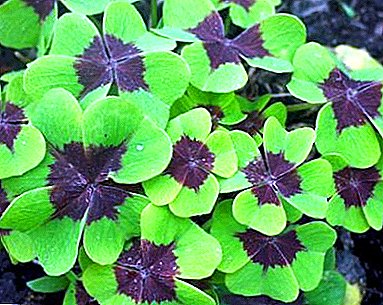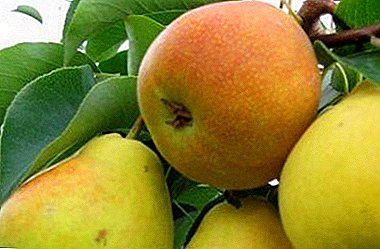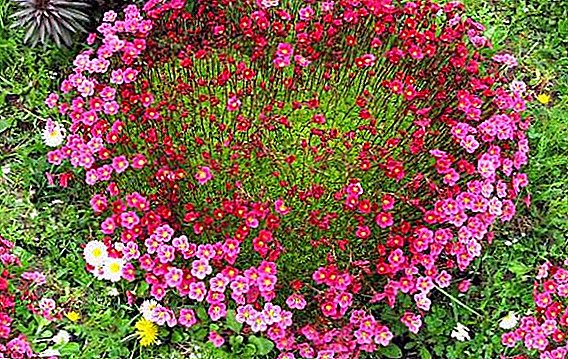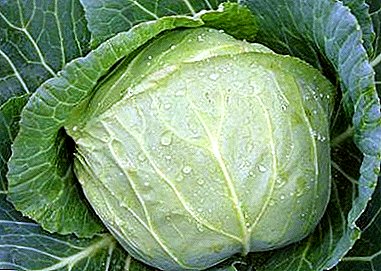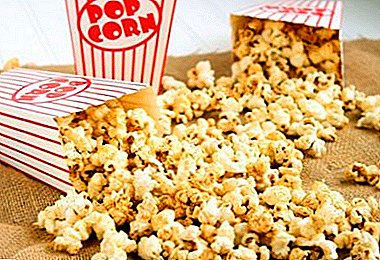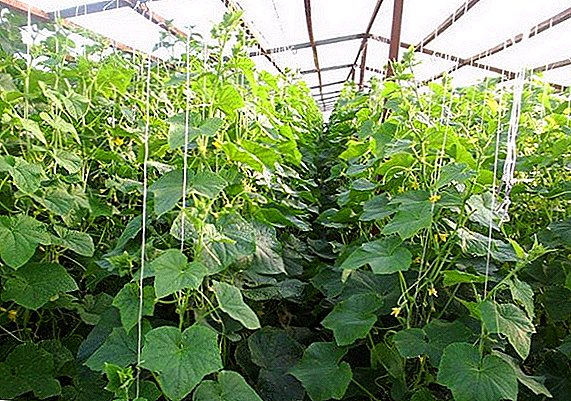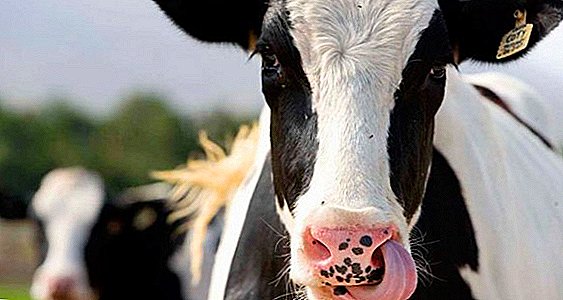 Among the common diseases of traumatic origin, traumatic pericarditis of ruminants is most common. It occurs under the influence of mechanical factors, affecting the region of the pericardium and / or the heart. The disease has serious consequences for the body, including death.
Among the common diseases of traumatic origin, traumatic pericarditis of ruminants is most common. It occurs under the influence of mechanical factors, affecting the region of the pericardium and / or the heart. The disease has serious consequences for the body, including death.
What is this disease
The pericardium is a cavity that surrounds the heart and is designed to protect it from infections and inflammatory processes. While walking on polluted metal objects, cows often swallow pieces of wire, nails, and other items with grass.  The structure of the heart of a cow. Once in the stomach, such an object can pierce the wall and, together with the blood flow, transfer to the region of the heart. Damage to the pericardial zone is accompanied by infection with pathogenic microflora, the development of inflammation, accumulation of purulent exudate, rupture of blood vessels and the death of the animal.
The structure of the heart of a cow. Once in the stomach, such an object can pierce the wall and, together with the blood flow, transfer to the region of the heart. Damage to the pericardial zone is accompanied by infection with pathogenic microflora, the development of inflammation, accumulation of purulent exudate, rupture of blood vessels and the death of the animal.
Did you know? In the process of evolution, cows developed a specific manner of feeding - to swallow food, run away from predators and digest it in a calm environment. That is why a cow may not notice the presence of nails, wire or other objects in hay or grass.
Causes of development
The main causes of traumatic pericarditis:
- swallowing a sharp object with its subsequent penetration to the pericardium;
- a strong blow to the region of the sternum;
- wound with penetration of a foreign object from the outside.

Symptoms and course of the disease
The disease goes through acute, subacute and chronic stages. Symptoms of the initial phase:
- the animal avoids sudden movements;
- arching his back and trying to take a pose in which the pressure on the damaged area will be less;
- spreads his legs wide;
- when listening to the heart, there is a rapid heartbeat, a noise similar to friction, more distinct jerks of the heart muscle;
- body temperature increased to +40 ° C, pulse rapid.
Read more about what cows are ill with.
With the accumulation of liquid pus and other secretions, the noise in the sternum becomes less distinct, the pain subsides. Symptoms of this phase are:
- extremely difficult work of the heart: a splash is heard, there is tachycardia;
- due to accumulation of exudate in the pericardium, swelling of the neck and decompression is observed;
- edema leads to insufficient work of the myocardium, squeezes it, which causes cardiac arrest;
- Among the external signs, there is shortness of breath in a cow, loss of appetite and caution in movements.
Important! Sick animal necessarily need peace. To facilitate the work of the heart, the cow provides a constant supply of fresh air.
Establishing diagnosis
The diagnosis is made on the basis of palpation of the sternum and listening to the heart area. Traumatic pericarditis is well diagnosed by X-rays, which show dark areas (fluid), lumens (presence of gases) and an enlarged heart. In difficult cases, the doctor may perform a pericardial puncture, the task of which is to exclude pleurisy or dropsy. 
Pathological changes
In the study of the carcass of a dead animal, fibrinous, serous or purulent exudate is observed in the area of the pericardium - friable grayish layers. In the pericardium of large animals can be detected up to 40 liters of fluid. The epicardium and pericardium are swollen, inflamed. Sometimes a foreign body can be found that caused the infection.
Important! Strong diuretic "Merkuzal" used in the treatment of edema due to cardiac decompensation. The drug is administered once, and its therapeutic effect lasts for 2 days.
How to treat ineffectively
Traumatic pericarditis can last from several weeks to several months. After establishing an accurate diagnosis, the animal is sent for slaughter. This is due to the fact that a large foreign body cannot disappear on its own and the disease will progress to death. And in this case, the carcass will be fully utilized.
A positive prognosis can be only if pericarditis began as a result of a sternum strike. In this case, the animal needs rest, diet with a reduced amount of fluid and bulk food.
Find out what the structure of the heart of a cow.
Drug treatment will be aimed at slowing sepsis, restoring the heart and removing exudate:
- diuretic drugs are prescribed for the withdrawal of exudate;
- to support the work of the heart - heart drugs;
- antibiotics are used to reduce inflammation and prevent sepsis.

Prevention
The main measure of prevention is to prevent foreign objects from entering the animal's stomach. You can swallow such a thing in the barn or on the walking.
For the room you need to fulfill the following requirements:
- exclude the unpacking of hay bales, connected by wire, in the barn or on the walking area;
- check the bulk feed for the presence of metal objects with a magnet or a special device;
- provide the cow with a complete set of essential micronutrients to prevent targeted ingestion of inappropriate items.
Did you know? The most ancient evidence of grazing large ungulates found in Iran. Ancient cattlemen grazed cattle on a walk 24 hours a day and once a day took the animals to a watering place.
For walking should follow these rules:
- not to walk a cow near the road or in the area of spontaneous garbage dumps, construction sites;
- check walking place for safety.
 Since traumatic pericarditis is difficult and often fatal, it is important to follow safety precautions regarding feed intake in ruminants.
Since traumatic pericarditis is difficult and often fatal, it is important to follow safety precautions regarding feed intake in ruminants.

